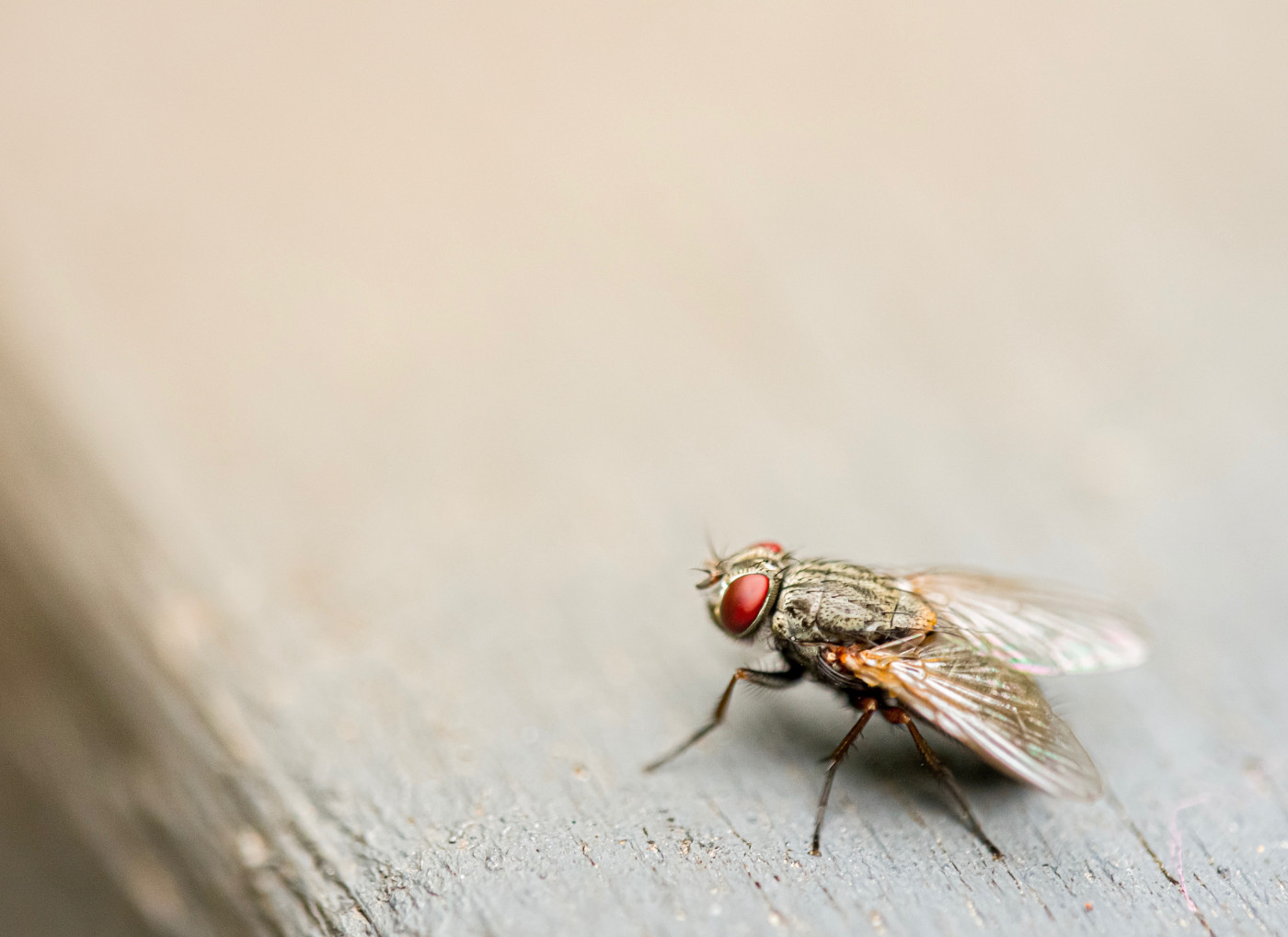New Fly Model of Gaucher Disease May Improve Knowledge of Disease Mechanisms, Researchers Say

A new fly model of Gaucher disease may more fully summarize and present the molecular complexities of the disease in humans than other animal models do, researchers say.
This recapitulated model may allow scientists to better understand disease mechanisms and design new therapeutic approaches.
The fly model was described in the Journal of Clinical Medicine, in a paper titled “Drosophila melanogaster Mutated in its GBA1b Ortholog Recapitulates Neuronopathic Gaucher Disease.”
Gaucher disease is caused by a lack of functional glucocerebrosidase (GCase), a protein that is encoded by the gene GBA. In humans, this is always caused by mutations in GBA that disrupt the function or lower the amount of GCase. Human fetuses are not viable if they lack the GBA gene entirely.
However, many animal models of Gaucher disease are generated by engineering animals — most commonly mice and flies — that don’t have the GBA gene at all. In the alternate, these models make normal GCase, but at abnormally low levels.
These models can be useful for studying some aspects of Gaucher disease, particularly the accumulation of toxic molecules that GCase normally helps remove. But there’s a problem with these models: they are incomplete.
Many of the more than 700 mutations in GBA that have been recorded in humans cause the GCase protein to fold incorrectly. This improper folding, in turn, sets off a cascade of cellular events that usually results in the GCase protein being degraded. However, this isn’t the only result.
Dealing with misfolded proteins puts a considerable amount of stress on cells, which — as the researchers behind the new study argue — is a crucial component of Gaucher disease not present in most commonly used animal models.
To address this problem, these researchers set out to characterize flies with particular mutations in two GBA-analogous fly genes, termed GBA1a and GBA1b. Importantly, these mutations don’t remove the protein entirely, but they do result in improper folding.
The researchers found that flies with mutant GBA1b developed symptoms analogous to neuronopathic Gaucher disease — types 2 and 3, which affect the central nervous system. These symptoms included the accumulation of toxic molecules, changes in lysosomes — the parts of cells where GCase is normally found — and increased inflammation, particularly in and around the fly’s nervous system.
Disease-like characteristics were not demonstrated by the GBA1a-mutant flies.
The GBA1b-mutant flies did show signs of increased cellular stress, the researchers confirmed. Specifically, they found that mutant GCase protein was degraded by a cellular pathway called ERAD (endoplasmic reticulum-associated degradation) and that mutant flies expressed higher levels of biomarkers associated with the cellular unfolded protein response (UPR).
Both ERAD and UPR are known to be involved in human Gaucher disease. This further supports the idea that this fly model more closely reflects the molecular details of human disease.
The researchers then treated these mutant flies with ambroxol, a potential chaperone therapy for Gaucher disease, meant to help the mutant GCase protein fold properly. This treatment did not change fly movement or GCase activity, but it did reduce UPR and inflammation, and extended the flies’ lifespans. This result will require more investigation to clarify, but it serves as a proof-of-concept for how this model might be used to investigate potential therapies for Gaucher disease.
“Taken together,” the researchers said, “the [GBA1b mutant] flies seem as a bona fide model for neuronopathic [Gaucher disease] and may be used to study the mechanisms underlying the disease and to investigate existing and future therapeutic modalities.”



